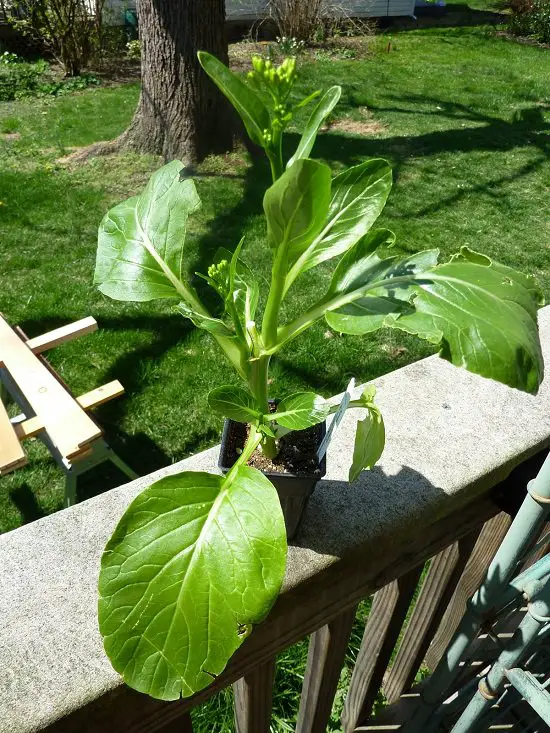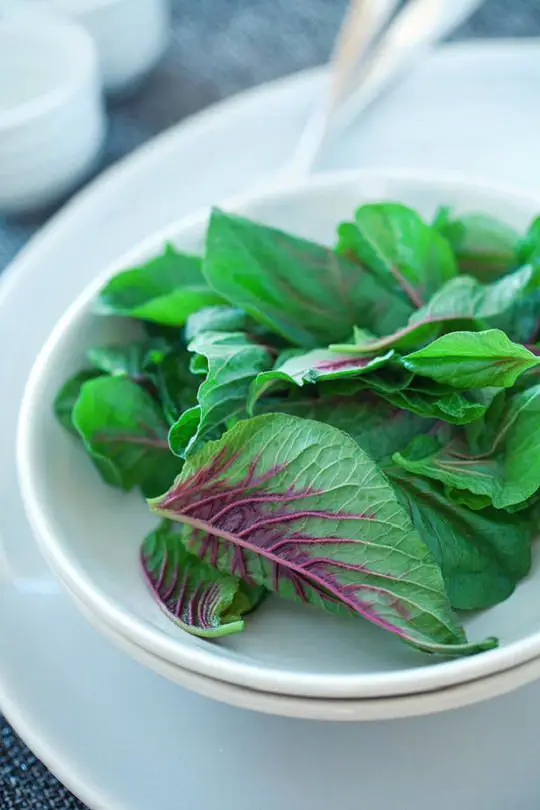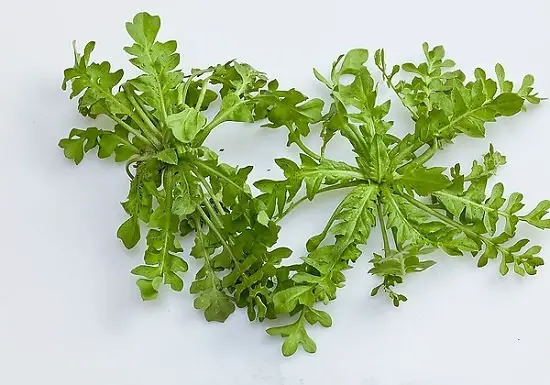If you want the East Asian and Chinese flavor in your cuisine, then Growing Asian Greens is a wonderful idea! We have the best ones for you!
Asian greens are leafy vegetables, popularly cooked or used in salads in Asian countries, like China and India. For the fresh, homegrown taste, Growing Asian Greens in your garden is a great idea. Let’s have a look at the best ones!
Here are the best microgreens growing hacks
Growing Asian Greens
Even if you don’t have a regular garden, plant them in window boxes or other wide containers on your balcony, patio, or rooftop. They’re super easy to grow.
It’ll have two benefits one is that you won’t have to worry about the quality of the vegetable and another is that you can harvest them fresh, anytime. Asian greens are rich in nutrients, and you can prepare them quickly or toss them in salads.
Best Asian Greens You Can Grow
1. Napa Cabbage
Botanical Name: Brassica rapa Subsp. Pekinensis
It’s also known as Chinese cabbage. The foliage is pale green, wrinkled and contracted, and also comprised of large white stalks. Napa cabbage has a mildly sweet taste.
You can consume it in both raw and cooked form. This biennial vegetable grows quickly and gets ready for harvest in around 60-90 days.
Growing Tips
- It requires around 4-5 hours of full sunlight in a day for optimum growth. If you live in a hot climate, protect it from the afternoon sun.
- Plant this cabbage in soil that neither drains too fast too slow. Adding peat moss, manure, compost, or shredded bark to the soil will help.
- Water the plant thoroughly and deeply. In pots, watering on alternate days is a great way to keep plants healthy and growing.
2. Pak Choi
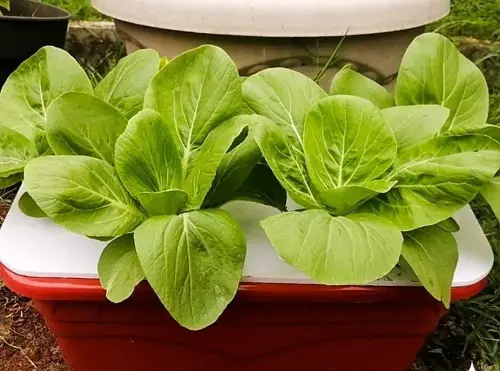
Botanical Name: Brassica Rapa Subsp. chinensis
Growing Tips
- This plant does well in partial shade to full shade, receiving only the morning sun. Although in cold climates it’s better to grow it in full sun to part sun.
- It prefers moist soil.
- Get all the information required to grow Pak Choi in this informative article here!
3. Gai Lan
Botanical Name: Brassica Oleracea Var. Alboglabra
Gai Lan is also commonly known as Chinese broccoli or Chinese kale. You can sow the seeds in fall, winter, or early spring.
Although the stalks have a similar taste to that of broccoli, the leaves are somewhat sweeter, depending more on the cultivar. It is rich in vitamin A, C, and calcium.
Growing Tips
- Locate the plant in the sunniest spot you can find.
- Rich potting soil with good drainage is the key to growing Chinese broccoli plants productively.
- If you live in a hot climate, growing Asian greens is best in late fall, winter, and early spring.
4. Choy Sum
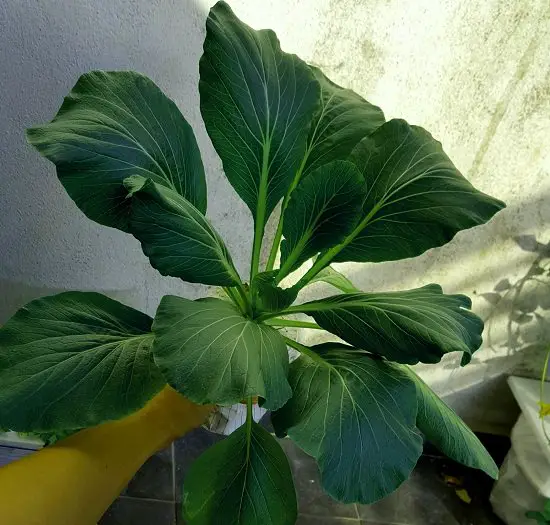
Botanical Name: Brassica rapa var. Parachinensis
Although this leafy vegetable resembles Chinese broccoli (Gai Lan), the taste is much sweeter and mild. It bears distinct yellow flowers which are edible and will appear if you do not harvest it on time.
It has incredible taste irrespective of being stir-fried or steamed.
Growing Tips
- Use good potting soil with some organic matter to increase the moisture-retaining capacity.
- Keep the soil slightly moist and water regularly.
- Fertilize using a mild fertilizer; you can also apply washed rice water, which is also rich in nutrients.
5. Water Spinach
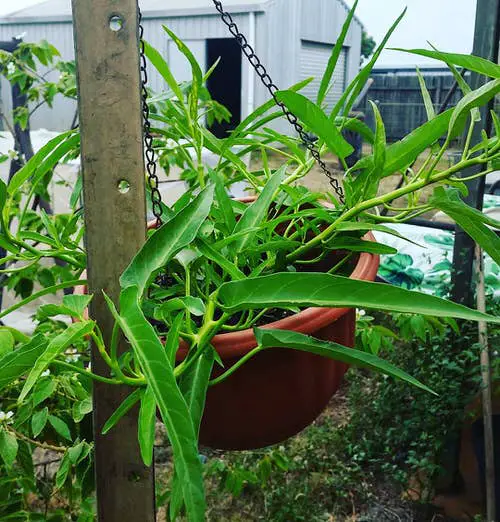
Botanical Name: Ipomoea Aquatica
This Asian green grows near the shore of water bodies in the moist soil in its natural habitat. The stems are lightweight and hollow, so they float on the surface of the water.
In subtropical regions, it can be planted at any time throughout the year, and as the leaves grow again, it can be harvested throughout the year.
In cold climatic conditions, begin planting from mid springs to early summers. You can propagate this plant from both seeds and cuttings.
Growing Tips
- It’s a semi-aquatic plant, so you should plant it in evenly moist soil. The soil should also be rich in nutrients.
- Water the plant frequently and deeply so that the soil remains moist all the time.
- For optimum growth, locate it in full sun.
- Fertilize it with nitrogen-rich liquid fertilizer if planted in the container.
- Check out this article to learn more.
6. Chinese Celery

Botanical Name: Apium graveolens var. Secalinum
Chinese celery resembles Western celery, but there are some distinguishing factors like the stems are thinner, and unlike western celery, the leaves are flavorful and edible.
Mostly cooked in stir-fries, this celery is rich in fibers. As it is fibrous, the stems are tough, even the young shoots. It has a strong taste and is much easier to grow than common celery. Add them to the salad for pleasant crunch and flavor.
Growing Tips
- It prefers moist and cool soil.
- This plant does well in both partial sun and full shade.
- Growing it is similar to the common celery.
7. Chinese Mustard Green
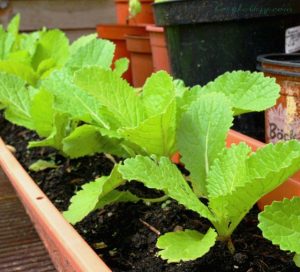
Botanical Name: Brassica Juncea
It is also known as Brown Mustard, Indian mustard, or Mustard cabbage. The leaves have an intense mustard flavor and can be consumed raw in salads or cooked.
It is advised to blanch the leaves first so that some of their bitterness is removed. Alternatively, preparing it with sugar and ginger will also help to restrain the bitter taste.
Growing Tips
- The well-drained loamy soil is best for planting Chinese mustard. Add some organic matter to improve fertility.
- Grow it in the spring and fall.
8. Watercress
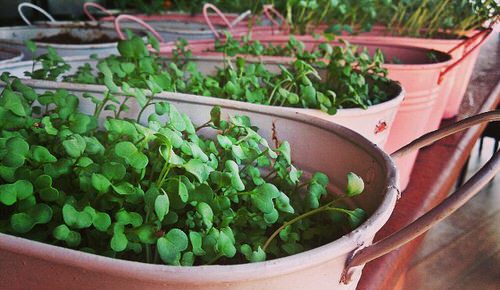
Botanical Name: Nasturtium Officinale
It is a no-brainer that Watercress is an aquatic vegetable and can be found in the wild habitat near ponds and streams. English Watercress and Broad Leaf Cress are the two most popular varieties.
It has round foliage, hollow stems, which float on the surface of the water, and clustered flowers of white and green color. It’s very easy to grow in small containers!
Growing Tips
- Plant Watercress in moist soil. To increase the moisture-retaining capacity, add a lot of organic matter and aged manure.
- Keep the soil very moist all the time.
- Choose a spot that receives a lot of sunlight but shade in the afternoon.
9. Yin Choy
Botanical Name: Amaranthus Dubius
It’s a variety of Amaranth greens and is popular in Africa and China and its other neighboring regions of the Indian subcontinent, where it’s called “Chaulai.”
The leaves somewhat resemble spinach in appearance, but the taste is different. This fast-growing green can be harvested within 22-30 days of planting.
You can enjoy them in stir-fries, soups, and curries. It can also be cooked with lentils.
Growing Tips
- It can grow in a wide range of soils but will do best in well-drained, moist soil.
- As they love the warm temperature, you should plant them in summers or early fall.
- Bask it in the sun for at least five hours a day.
10. Shephard’s Purse
Botanical Name: Capsella Bursa-Pastoris
It’s considered a weed in many parts of the world but most commonly cooked as food in Shanghai and nearby regions.
This plant bears triangular fruits which resemble a purse. It has a mild peppery taste which adds a punch to the salad. You can stir-fry Shephard’s purse with rice cakes or add it to soup and porridges. It is prized for its use as traditional medicine.
Growing Tips
- It will do well in both rich and poor soil; only the growth rate differs.
- You can grow it in full sun, but it also doesn’t mind partial shade or full shade.
- Water when the soil turns dry to the touch.
11. Pea Shoots
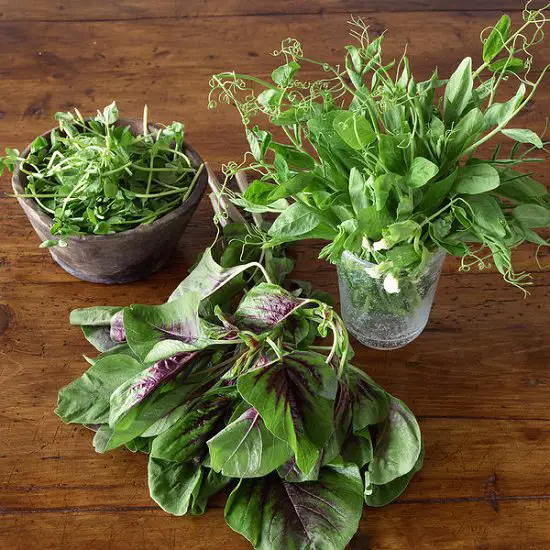
Botanical Name: Pisum sativum
Pea shoots are the younger shoots that are harvested before the plant matures. You can grow an entire plant only to harvest young or snip off the tender top growth.
Add it to your diet for nutritional intake. They can be consumed in salads, sandwiches, tacos, and even as soup toppings.
Growing Tips
- Learn everything about growing peas for pea shoots here.
- Harvest the plant when it reaches a height of 6-8 inches. You can harvest again 3-4 weeks later.
12. Tatsoi
 Botanical Name: Brassica rapa subsp. narinosa
Botanical Name: Brassica rapa subsp. narinosa
Tatsoi, which is also known as Spinach mustard or Spoon mustard, looks similar to Bok Choy. It has round and spoon-shaped leaves.
The flavor is a bit bitter as compared to bok choy but less intense than mustard. You can consume it raw or cooked like other Asian greens.
Growing Tips
- If you’re growing Asian Greens, it’s no different.
- It grows best in part sun, getting only 3-5 hours of direct sunlight.
- You can grow in a small pot.
13. Sweet Potato Leaves
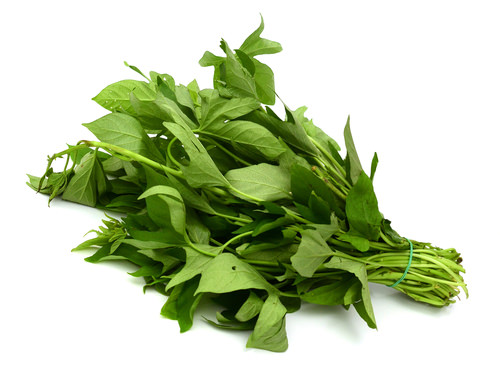
Sweet potato is quite a famous vegetable in the Asian subcontinent, and people also relish its greens in dishes. You can add them to salads for a strong flavor too.
They also pair well with other greens like spinach and lettuce. Add them to stir-fries after sauteeing for the best taste.
Growing Tips
- For best growth, make sure the plant gets a minimum of 3-4 hours of sunlight.
- Water well and do not let the soil dry out completely.
14. Chinese Lettuce
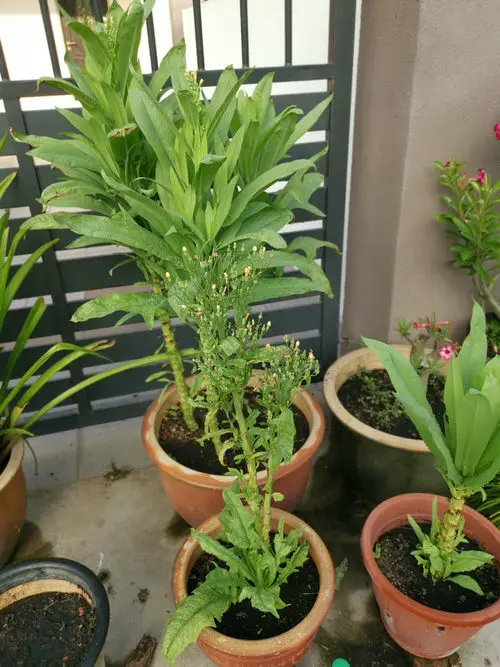
Very much like the normal lettuce we have, the Chinese lettuce has a more crunchy texture, which makes it a staple of salad greens.
It also has a very subtle flavor, which makes it perfect to be added to any dish of your choice. You can also blanch with boiling water and enjoy with minced garlic sauce.
Growing Tips
- You can easily grow it in medium-size containers in well-draining soil.
- Keep an eye on mildew, leaf spot, and rot.
- Iceberg and Romaine are the best ones to grow along with it.
15. Malabar Spinach

Not a true spinach, but this leafy green is a member of the Basellaceae family. Its light flavor with citrusy and peppery notes makes it ideal for salads.
You can also sautee its fresh leaves and add them to a variety of greens. It also tastes great in chutney and stir fry.
Growing Tips
- You can grow it as an annual in cold climates.
- Provide support.
- Instead of using chemical fertilizer, apply aged manure to nourish it.



